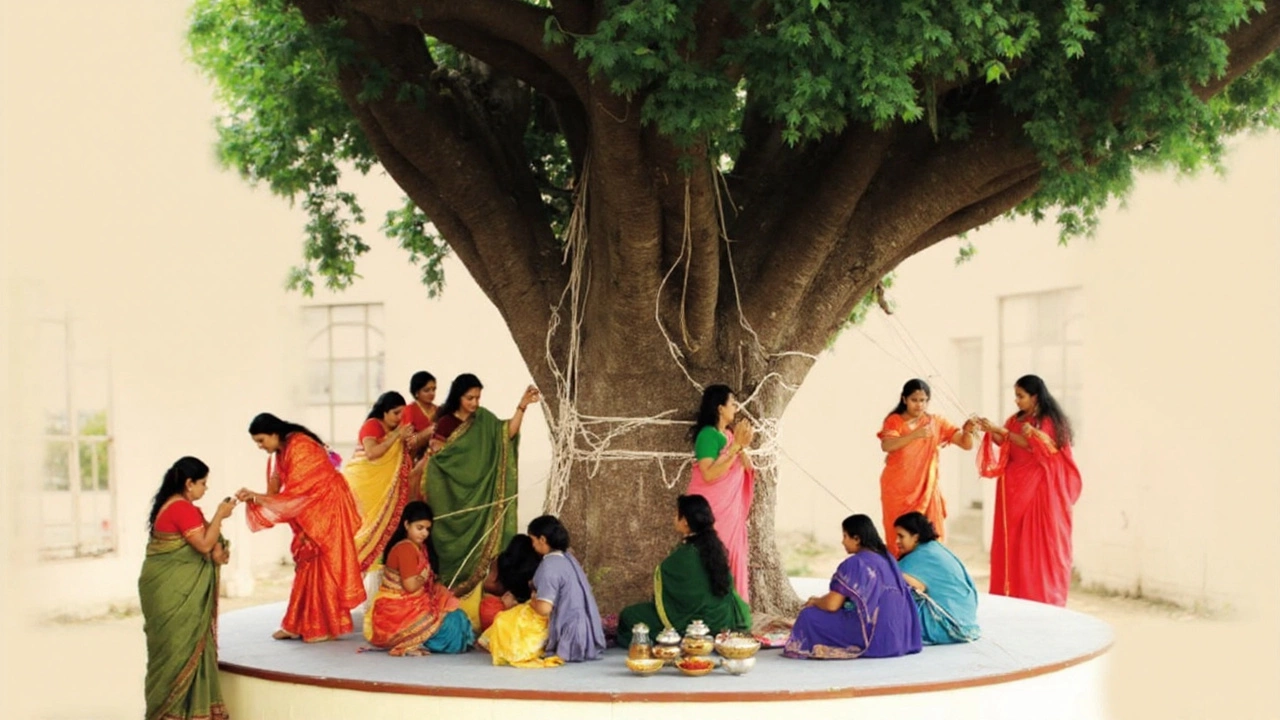Hindu Festivals: Colors, Customs, and Celebration Tips
India is a land of festivals, and Hindu festivals are the loudest, brightest, and most talked‑about. Whether you’re watching fireworks on Diwali, dancing to drums during Navratri, or sharing sweets at Holi, each fest brings its own story and vibe. This guide breaks down the biggest Hindu festivals, why they matter, and simple ways you can join the fun without feeling lost.
Why Hindu Festivals Matter
Hindu festivals aren’t just parties; they’re a mix of religion, history, and community. Most of them mark a mythological event – like Rama’s return in Diwali or Krishna’s playful mischief in Holi. They also align with seasonal changes, helping farmers celebrate harvests or the end of monsoon. Because they’re tied to stories that families tell for generations, these festivals become moments where everyone gathers, shares food, and passes traditions on.
How to Celebrate Like a Local
1. Know the date. Hindu festivals follow the lunar calendar, so the Gregorian date shifts each year. Check a reliable Indian calendar or a simple Google search for the exact day.
2. Dress the part. Bright colours are a must – think reds, yellows, and blues. For Holi, wear white clothes you don’t mind getting dyed. During Navratri, many wear traditional skirts called “chaniya choli”.
3. Try the food. Each festival has signature dishes. Diwali loves sweets like laddu and barfi, while Ganesh Chaturthi features modak, a sweet dumpling. Street stalls serve quick fixes – a plate of chaat during Kartik Purnima, for example.
4. Join the rituals. Light a diya (oil lamp) on Diwali, throw coloured powder during Holi, or perform the “Aarti” (lamp offering) at home. Even if you’re not religious, these acts add authenticity to the experience.
5. Respect local customs. Some festivals involve loud fireworks, animal processions, or fasting. If you’re unsure, ask a friend or watch a short video on the ritual first. Most people love sharing their knowledge and will guide you.
Now, let’s look at a few of the most popular Hindu festivals and what makes each unique.
Diwali – The Festival of Lights. Celebrated in October or November, Diwali marks the victory of light over darkness. Homes are cleaned, rangoli designs are drawn on the floor, and families exchange gifts. The night sky lights up with fireworks, and the smell of fried snacks fills the air. If you’re visiting, bring a small box of sweets to share – it’s considered a friendly gesture.
Holi – The Color Splash. Usually in March, Holi is all about throwing coloured powder and water at friends and strangers alike. The festival starts with “Holika Dahan”, a bonfire that symbolizes the triumph of good over evil. After the fire, people play with dry colours and water guns, turning streets into rainbow canvases. Wear sunglasses or protect your eyes – the powder can be stubborn.Navratri & Dussehra – Nine Nights of Dance. This September‑October event honors the goddess Durga. Each night, people perform “Garba” or “Dandiya” dances in circles, while chanting rhythmic songs. The tenth day, Dussehra, celebrates the defeat of the demon Ravana. Watching a live “Ravan Dahan” (effigy burning) is a thrilling way to end the festivities.
Makar Sankranti – Sun’s Journey. Celebrated on Jan 14, it marks the sun’s move into the zodiac sign Capricorn. In many parts of India, people fly kites, cook sweet rice dishes, and take holy dips in rivers. If you’re near a beach or open field, bring a kite and learn a few basic moves – it’s a simple yet joyful tradition.
These festivals are more than dates on a calendar; they’re chances to meet new people, taste diverse foods, and see India’s cultural tapestry in action. By knowing the basics – when, what to wear, and a few rituals – you’ll feel comfortable joining the celebrations and maybe even create lifelong memories.
Ready to add a Hindu festival to your itinerary? Pick one that aligns with your travel dates, look up the local customs, and jump in. The excitement, colours, and warm hospitality will make any visit unforgettable.
